The Making of Biomethane: From Organic Waste to Renewable Gas
In the quest for sustainable energy solutions, biomethane emerges as a beacon of hope. This green gas, produced through the process of anaerobic digestion, offers a renewable alternative to fossil fuels, turning organic waste into a valuable resource. This blog delves into the intricacies of biomethane production, exploring the technology, processes, and benefits behind this transformative energy source.
Anaerobic Digesters: The Heart of Biomethane Production
Anaerobic digesters are the core technology behind biomethane production. These are specially designed reactors that provide the optimal conditions for anaerobic digestion to take place. They come in various types, tailored to different feedstocks and production scales, from small on-farm units to large-scale industrial plants.
Anaerobic Digestion of Food Waste
One of the most significant feedstocks for biomethane production is food waste. Anaerobic digestion of food waste not only helps in mitigating methane emissions from landfill sites but also provides a source of renewable energy, contributing to a circular economy.
Anaerobic Digestion Plants: The Infrastructure of Renewables
Anaerobic digestion plants are sophisticated facilities that house the digesters, gas purification systems, and energy conversion units. In the UK, the growth of these plants is supported by favourable government policies and incentives, making anaerobic digestion a key component of the country's renewable energy strategy.
Anaerobic Digestion vs Gasification
While anaerobic digestion and gasification both convert organic material into energy, they employ different methods. Gasification applies high temperatures to organic material in the presence of a limited amount of oxygen, producing syngas, which can then be used to generate electricity. Anaerobic digestion, on the other hand, relies on biological processes to produce biomethane, a direct substitute for natural gas.
The Environmental and Economic Benefits of Biomethane
Biomethane production through anaerobic digestion offers numerous environmental and economic benefits. It reduces reliance on fossil fuels, cuts greenhouse gas emissions, and provides a sustainable waste management solution. Economically, it generates green jobs, reduces waste disposal costs, and can offer a new revenue stream for businesses and farmers.
The Future of Biomethane
The future of biomethane looks promising, with advancements in anaerobic digestion technology, expanding feedstock sources, and increasing integration into the energy grid. As the world seeks cleaner, more sustainable energy solutions, biomethane stands out for its potential to contribute significantly to global renewable energy targets.
Conclusion
Biomethane production through anaerobic digestion represents a win-win for the environment and the economy, transforming organic waste into renewable gas. With the ongoing developments in anaerobic digestion technology and supportive policies, biomethane is poised to play a pivotal role in the sustainable energy landscape. As we continue to explore and optimise this green technology, the journey from organic waste to renewable gas not only exemplifies innovation in action but also underscores our collective commitment to a sustainable future.
